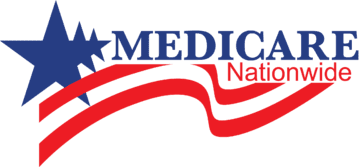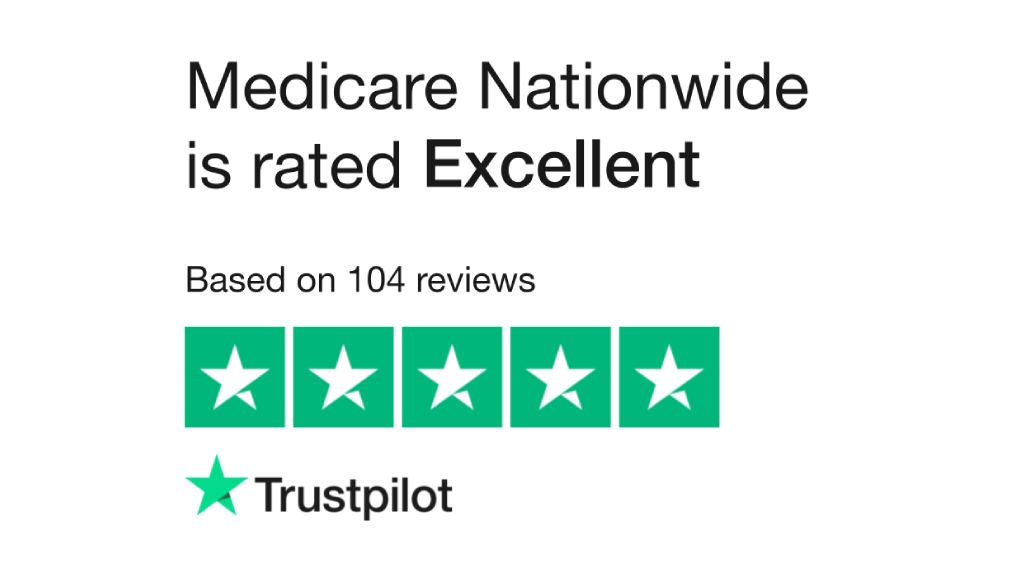What is Medicaid?
Medicaid was created in 1965 under the Social Security Act. The program was designed for the federal government to provide matching funds to the individual states to provide medical assistance to residents that met certain requirements.
In the 1990s the program was expanded to assist with prescription drug costs. Under the Affordable Care Act (Obamacare) more changes came to Medicaid. The program expanded Medicaid to those within 133% of the poverty level. Because the program is a cost-sharing program between federal and state funding, states must accept the expansion for their residents to be eligible for the new income thresholds. As of Dec 2019, 37 states have accepted the expansion and followed the new guidelines.
To date, Medicaid provides health coverage to over 7.2 million seniors and 4.8 million people with disabilities. 12 million people are “dually eligible” and are enrolled in both Medicaid and Medicare.
This appointment is meant to alleviate any concerns and there is no-cost or obligation to make a change.
Medicaid Coverages
Because Medicaid is administered by the states, coverage and eligibility can vary from state to state. However, there are basic coverages that generally apply to Medicaid recipients regardless of the state of residence. There are two types of Medicaid Coverage:
1. Community Medicaid
Community Medicaid helps people with little or no medical insurance based on income levels.
2. Nursing Home Coverage
This coverage pays for the cost of living in a nursing home. In these situations, the recipient must pay most of his income toward nursing home costs to be eligible.
Medicaid benefits vary by state, but the Federal government mandates coverage for a variety of services, including:
- Hospitalization
- Laboratory services
- X-rays
- Doctor services
- Family planning
- Nursing services
- Nursing facility services
- Home healthcare for people eligible for nursing facility services
- Clinic treatment
- Pediatric and family nurse practitioner services
- Midwife services
Each individual state has the option of including additional benefits, such as prescription drug coverage, optometrist services, eyeglasses, medical transportation, physical therapy, prosthetic devices, and dental services. Long-term care is often funded by Medicaid. Long-term care is not covered by Medicare. To access such coverage most people must purchase a separate long-term care policy.
Some states operate a program called the Health Insurance Premium Payment Program. Within this program, Medicaid will pay for private health insurance rather than run through traditional Medicaid structures. Dental services are also covered under Medicaid. Registration for the program is optional for those over 21 years old but required for those under 21.
Medicaid Eligibility
Medicaid eligibility is based on income and not age like Medicare. Income levels and family size determine whether you qualify for Medicaid. Qualification is based on a percentage of the determined poverty income level. For states that have enacted the expanded Medicaid under the Affordable Care Act, the eligibility is 133% of the poverty income level.
For example in Kentucky, for a household of 1, the monthly income requirement is $1482. To determine whether you qualify you need to contact your state Medicaid program and they will know the income thresholds needed to qualify. You can apply for Medicaid in 2 different methods:
- Go through the Health Insurance Marketplace portal.
- Contact your state Medicaid agency.
What Is Medicare?
Medicare came into existence in 1965 at the same time as Medicaid. Medicare was designed specifically to provide medical coverage for seniors over 65. In 1966, Medicare’s coverage took effect, as Americans age 65 and older were enrolled in Part A and millions of other seniors signed up for Part B. Nineteen million individuals signed up for Medicare during its first year. (1)
There are two major components to Medicare along with two separate and optional parts. The parts of Medicare are designated by Part A, Part B, Part C, and Part D.
Medicare Part A
Part A of Original Medicare covers the baseline hospital expenses that most seniors would require.
Part A covers:
- Inpatient care in a hospital
- Skilled nursing facility care
- Nursing home care
- Hospice care
- Home health.
Part A coverage, as with all parts of Medicare, is regulated and controlled by federal and state laws. Local coverage decisions are made by companies in each individual state. The private insurance companies authorized to operate in your state decide whether something is medically necessary to be covered.
Hospital care coverage includes any hospital expense critical to your inpatient care. This could include a semi-private room, meals, nursing services, medications, and any other service you would receive from the hospital. Part A does not cover costs for a private room, unless medically necessary. It also does not cover the cost of blood.
Home health services include part-time skilled nursing, physical, speech, or occupational therapy, and medical equipment when ordered by your doctor.
Medicare Part B
Part B covers doctors and outpatient services. It includes preventive services in addition to normal medical services. Clinical research, ambulance services, durable medical equipment, mental health services, and outpatient prescription drugs are services available at no cost if Part B recipients get care from a provider who accepts assignments. However, there are potential costs with Part B related to co-insurance and copays.
Medicare Part C
Part C is often referred to as Medicare Advantage. This plan where available replaces Original Medicare Part A & B and often includes Part D. Part C bundle coverages under an HMO/PPO type private plan. You are restricted to the network of the plan. Because of the network limitation, it is not always available in every location.
Medicare Part D
Part D is prescription drug coverage. This is a separate coverage that is required by Medicare to help seniors cover and pay for prescription drug costs.
This appointment is meant to alleviate any concerns and there is no-cost or obligation to make a change.
Can I have both Medicare and Medicaid?
Yes, you can. But you must meet certain income requirements to be considered eligible. A person must be enrolled in Medicare Part A and/or Part B or enrolled in a Medicare Advantage plan. An individual must also be enrolled in Medicaid through their state.
Coverages for Medicaid/Medicare Enrollees:
Because there can be overlapping coverages between Medicaid and Medicare. Coverages are handled in a certain way.
Medicare coverage will apply its four basic forms of coverage
- Part A: Pays for hospitalization costs
- Part B: Pays for physician services, lab and x-ray services, durable medical equipment, and outpatient and other services
- Part C: Medicare Advantage Plan (like an HMO or PPO) offered by private companies approved by Medicare
- Part D: Assists with the cost of prescription drugs
Enrollees will either have an A/B/D or bundle all plans through Part C (Medicare Advantage). Medicare Advantage plans may not be available in all locations.
Medicaid steps in to help pay premiums and out-of-pocket expenses that Medicare does not cover such as deductibles and copays. Medicaid also covers services beyond the reach of Medicare. These would include nursing care facility care beyond the 100-day limit. It would also cover prescription drugs, eyeglasses, and hearing aids.
For services that overlap, Medicare will pay the cost first and Medicaid will pick up the difference up to the state’s limit.
Medicare Gaps
If you are not eligible for Medicaid based on your income, you need a method to protect yourself from Medicare out-of-pocket costs. Those out-of-pocket can be significant.
Medicare Part A Out-of-Pocket Costs
Many people do not need to pay a Part A premium because they have already paid into the system through Medicare tax deductions in paychecks. But that doesn’t mean that Part A is totally free. Medicare has a sizable deductible any time you are admitted into the hospital. This tends to increase each year.
Hospital stays can get expensive over time. For days 1-60, there is $0 coinsurance. You still will pay the deductible. For days 61-90, there is a $419 co-insurance per day. For days 91 and beyond, there is a $838 co-insurance per day. After 90 days, you reach what is referred to as “hospital lifetime reserve days.”
If you need to stay in the hospital after 90 days, you have the option to use some of your 60 lifetime reserve days. This will allow you to extend your hospital stay with a higher copayment. Remember, this bank of 60 days extends the remainder of your life. Once this reserve is exhausted, you would pay the full hospital charge.
Hospital costs average $7,500 per day and the average hospital stay totals up to $30,000. Knowing this number helps determine potential gaps and financial expenses related to hospitalization. As we mentioned, Medicare does not pay for blood if it is needed while being hospitalized. And private rooms are not included in the coverage unless a doctor deems it medically necessary.
Part B Gaps
Part B involves more costs than Part A. You can actually defer signing up for Part B if you are still working and have insurance through your job or spouse’s health plan. The monthly Part B premium in 2024 is $174.70. It can be higher if your income is over $87,000. You are also subject to an annual deductible, which is $257 for 2025.
The major coverage gap with Part B is that you need to pay a 20% co-insurance for doctor visits and other outpatient services. Knowing average medical costs, you can easily imagine how large that 20% could be. The out-of-pocket cost can be substantial when you realize Medicare will only cover 80%.
This appointment is meant to alleviate any concerns and there is no-cost or obligation to make a change.
Summary
Medicare and Medicaid are two completely different programs. Medicare is primarily based on age for eligibility. Medicaid is based on income. Medicare is a federal program, while Medicaid is a funding partnership between federal and state governments but administered and controlled by the states.
If your income qualifies, you can be dual eligible for both Medicare and Medicaid. If you do not qualify for Medicaid, you need a way to pay for out-of-pocket costs not covered by Medicare. One primary way most people use to cover these out-of-pocket expenses is through a Medicare Supplement. There are a wide variety of options for Medicare Supplements.
Our Medicare experts can help you determine what products you qualify for and help you maximize your Medicare coverage and protect your healthcare dollars.
Prefer to chat by phone? Give us a call at 1-888-559-0103.

